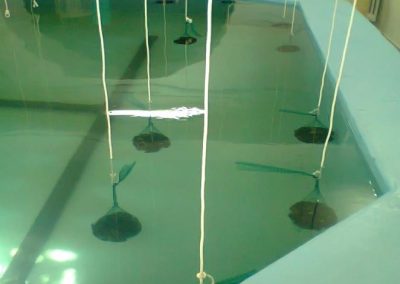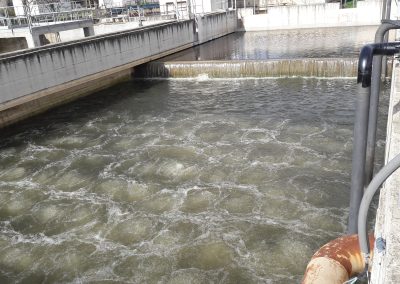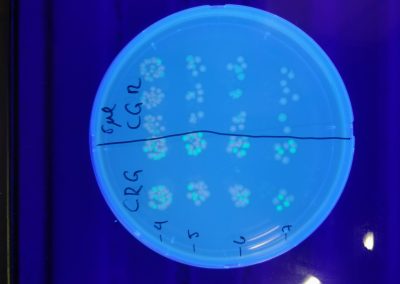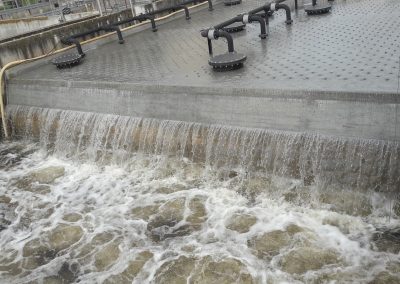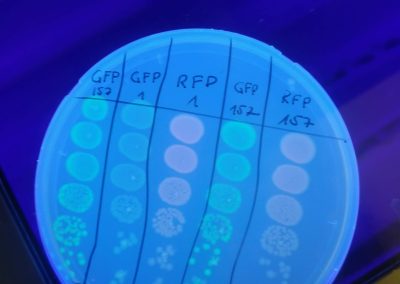Water treatment
Description
The general aim of water treatment is to make the water suitable for its intended use, in order to protect human health and the environment and to ensure the proper functioning of the processes in which the water is used.
Research in this field must face ever new challenges, which are mainly linked to three factors: (i) the increase in water consumption, (ii) the water availability reduction caused by climate change and (iii) the increasing environmental awareness.
The latter, together with the development of advanced analytical techniques that allows to uncover new risk factors, results in increasingly stricter regulations.
Currently, the main research targets in the field of water treatment technologies are: energy consumption and foot-print minimization in water treatment plants, water reuse, solid waste (sludge) minimization, enhanced nutrient removal, effective treatment of recalcitrant compounds and emerging pollutants (compounds that are not commonly regulated, but with suspected adverse ecological or human health effects) and containment of antibiotic resistance.
Scientific and technological contents
Research activities in this field include:
- the development of innovative technologies, tested in specifically built water treatment plant, from the bench scale up to the full scale;
- the characterization microbial communities, (iii) the identification of degradation pathways, (iv) the development of advanced monitoring systems;
- the modeling of treatment processes.
These multidisciplinary activities provide a complete characterization of the treatment processes under study, which allows to improve the performance of the technologies during their experimental development and also to evaluate their application potential.
Among the technologies under study:
- innovative membrane bioreactor systems for municipal wastewater treatment and reuse;
- aerobic and anaerobic granular bioreactor systems for the treatment of urban and industrial wastewater;
- biological processes for water reclamation in integrated multi-trophic aquaculture systems;
- for industrial streams, technologies that combine biological and chemical oxidation processes and two-phase partitioning bioreactors specific for xenobiotics’ removal;
- systems based on the integration of biological and electrochemical processes for the treatment of hydrocarbons;
- technologies based on advanced oxidation processes and/or catalysts for the removal of emerging pollutants;
- for sewage sludge treatment and minimization, innovative anaerobic digestion processes and pre-treatments that promote cell lysis.

